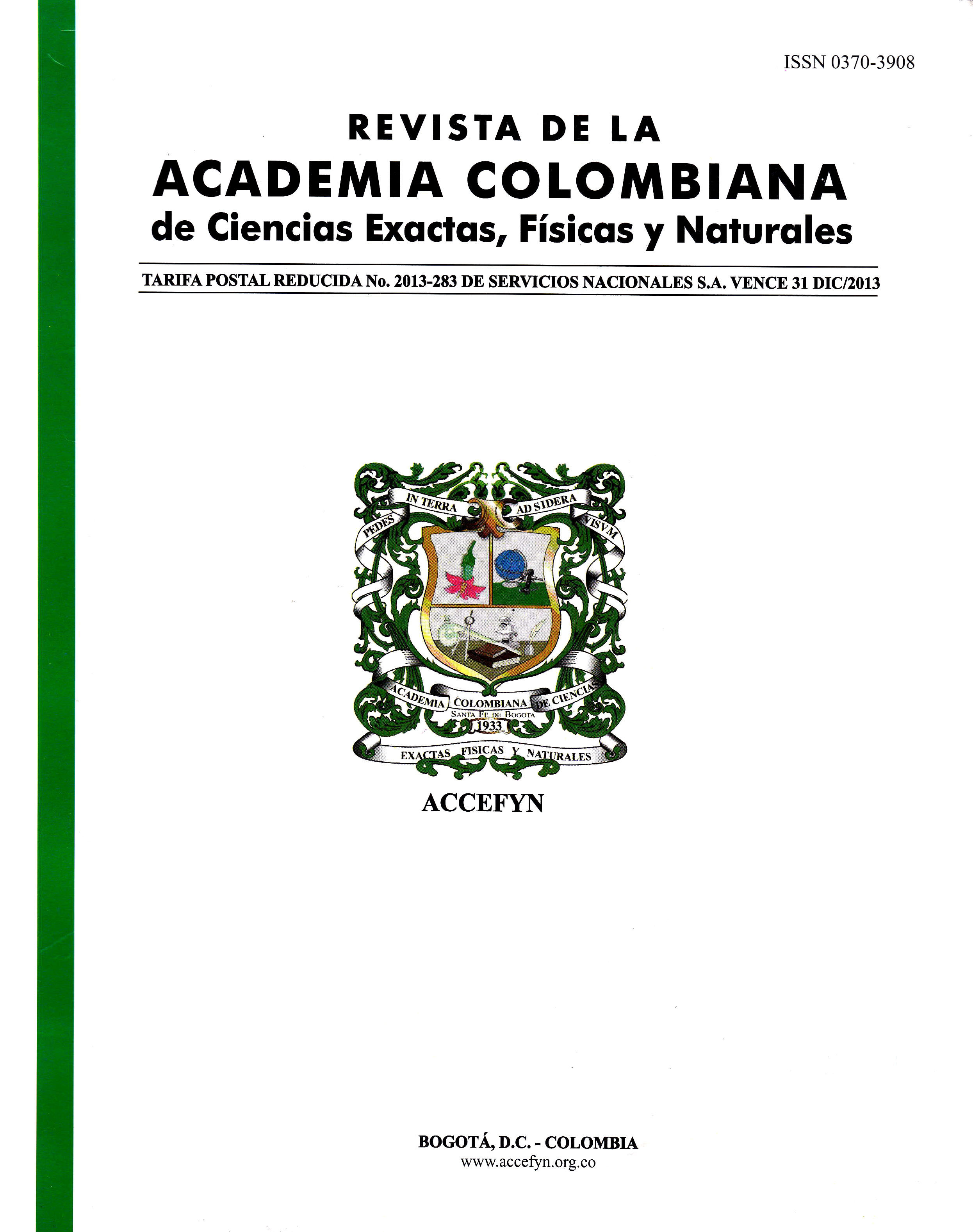Resumen
En la cosmología inflacionaria, los modelos más populares y exitosos son los del tipo slow-roll, los cuales satisfacen las condiciones requeridas para la solución de los problemas clásicos de la cosmología estándar. Sin embargo, estos modelos requieren de la existencia de campos escalares fundamentales, tales como el inflatón, los cuales aún no han sido observados en la naturaleza. A esta “dificultad” se suma el hecho de que estos modelos requieren de potenciales prácticamente planos para generar inflación. En este artículo, se construye un modelo inflacionario motivado por las dificultades que presentan los modelos del tipo slow-roll. En este modelo, se considera nuestro Universo a gran escala como un fluido perfecto constituido por vacío o constante cosmológica Λ (en cuyo caso es la única componente dominante) y radiación. Para dicho modelo, la expansión acelerada del Universo se sigue a partir de la transferencia de energía de vacío no sea transferida a la radiación, no se generará una época inflacionaria exitosa) sin la necesidad de campos escalares fundamentales tales como el inflatón. A medida que ocurra la transición, la densidad de energía asociada al vacío decaerá exponencialmente a densidad de energía de radiación, modificando el contenido energético del Universo y, consecuentemente, las ecuaciones de evolución que describen esta etapa inflacionaria. A partir de la dinámica del modelo, se obtienen soluciones analíticas exactas para el parámetro de Hubble y de expansión. Se calcula el monto de inflación y se establecen las condiciones necesarias para resolver los problemas de planitud, horizonte y de reliquias no deseadas. Adicionalmente, se determina la temperatura al final de este período inflacionario denominada temperatura post-inflacionaria.
Referencias
Abbott L. F., 1985. A Mechanism for Reducing the Value of the Cosmological Constant, Phys. Lett. B 150, 427.
Abramowitz M. & Stegun I., 1972. Handbook of Mathematical Functions With Formulas, Graphs, And Mathematical Tables, Dover Publications, New York, USA.
Arfken G.B. & Weber H.J., 2005. Mathematical Methods for Physicists, Elsevier Academic Press, London, UK.
Berera A., Moss J. G. & Ramos R. O., 2009. Warm Inflation and its Microphysical Basis, Rep. Prog. Phys. 72, 026901.
Dimopoulos K., Karciauskas M., Lyth D.H. & Rodríguez Y., 2009. Statistical Anisotropy of the Curvature Perturbation from Vector Field Perturbations, JCAP 0905, 013.
Dodelson S., 2003. Modern Cosmology, Elsevier Academic Press, London, UK.
Freese K., Liu J. T. & Spolyar D., 2005. Inflating with the QCD Axion, Phys. Rev. D 72, 123521.
Freese K. & Spolyar D., 2005. Chain Inflation: Bubble, Bubble, Toil and Trouble, JCAP 0507, 007.
Golovnev A., Mukhanov V. & Vanchurin V., 2008. Vector Inflation, JCAP 0806, 009.
Guth A., 1981. Inflationary Universe: A Possible Solution To The Horizon and Flatness Problems, Phys. Rev. D 23, 347.
Kane G., 1993. Modern Elementary Particle Physics, Addison-Wesley, Redwood City, USA.
Komatsu E. et. al., 2011. Seven-Year Wilkinson Microwave Anisotropy Probe (WMAP) Observations: Cosmological Interpretation, Astrophys. J. Suppl. Ser. 192, 18.
Lyth D.H. & Liddle A.R., 2009. The Primordial Density Perturbation: Cosmology, Inflation, and the Origin of Structure, Cambridge University Press, Cambridge, UK.
Malik K.A. & Wands D., 2009. Cosmological Perturbations, Phys. Rep. 475, 1.
Mukhanov V.F., 2005. Physical Foundations of Cosmology, Cambridge University Press, Cambridge, UK.
Polchinski J., 1998. String Theory, Cambridge University Press, Cambridge, UK.
Watson S., Perry M.J., Kane G.L. & Adams F.C., 2007. Inflation Without Inflaton(s), JCAP 0711, 017.
Weinberg S., 1972. Gravitation and Cosmology, John Wiley & Sons, New York, USA.
Weinberg S., 2008. Cosmology, Oxford University Press, Oxford, UK.
Witten E., 1984. Cosmic Separation of Phases, Phys. Rev. D 30, 272.

Esta obra está bajo una licencia internacional Creative Commons Atribución-NoComercial-SinDerivadas 4.0.
Derechos de autor 2023 https://creativecommons.org/licenses/by-nc-nd/4.0

